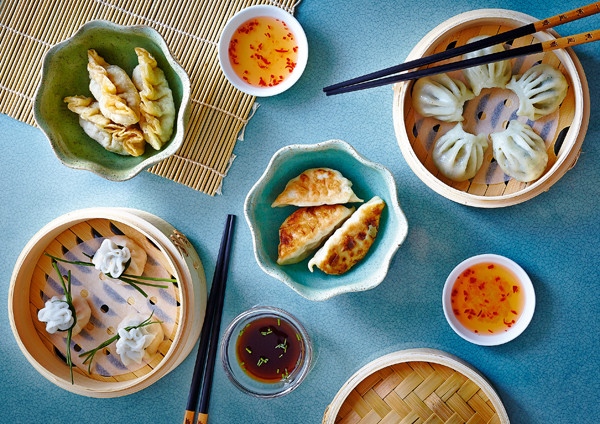 Reading the extensive list of food items categorised as dim sum – dumplings, spring rolls and spare ribs, sticky lotus-leaf rice and mango pudding all feature – it’s easy to wonder exactly what differentiates it from, well, Chinese food in general. Here’s a simple rule of thumb. If there’s a teapot on the table, you’ve gone out for dim sum. If there’s Tsingtao beer, then it’s a regular Chinese.
Reading the extensive list of food items categorised as dim sum – dumplings, spring rolls and spare ribs, sticky lotus-leaf rice and mango pudding all feature – it’s easy to wonder exactly what differentiates it from, well, Chinese food in general. Here’s a simple rule of thumb. If there’s a teapot on the table, you’ve gone out for dim sum. If there’s Tsingtao beer, then it’s a regular Chinese.
That’s because the tradition sprang out of yum cha, the teahouse pit stop enjoyed by rural farmers and Silk Road travellers for hundreds of years. Steamed or fried buns stuffed with meat, seafood or vegetables would be served alongside green, Oolong, Pu-erh and floral-based teas such as jasmine and chrysanthemum. It was the Cantonese who developed dim sum from a daytime snack into what 21st century Western urbanites would describe as a “dining experience”. Though etiquette dictates you should still tap the table with your fingertips to express gratitude to whoever’s playing mother.
Originally featured inside issue 07 which is still available to buy on our online store, and download through Apple, Zinio and Google Play.

